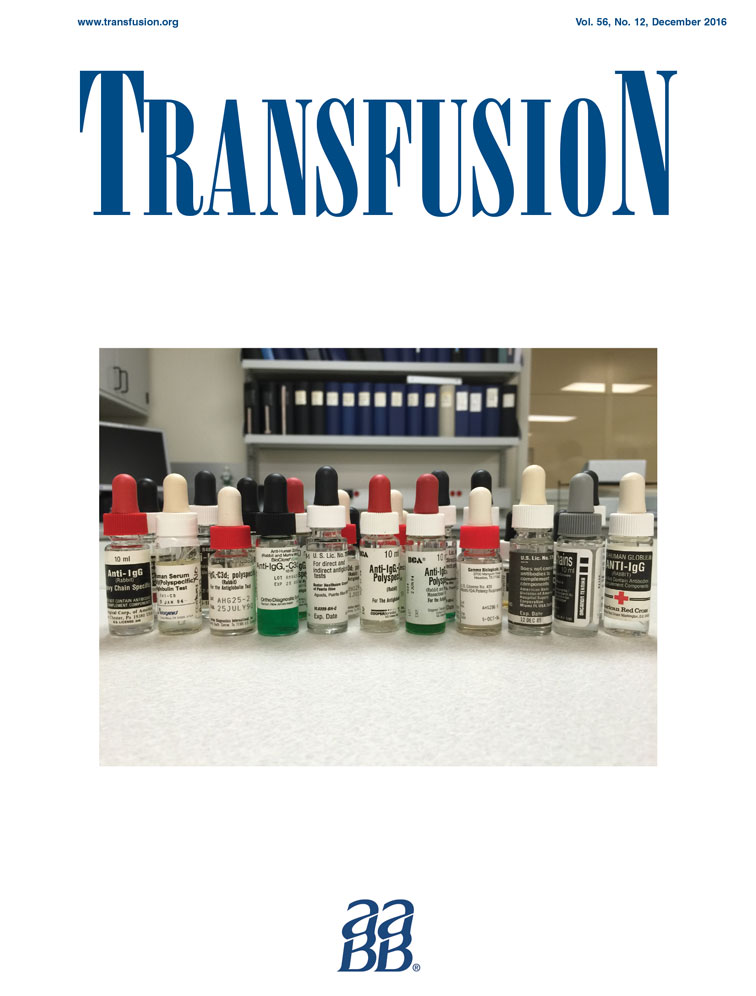A population-based longitudinal study on the implications of demographics on future blood supply
The first two authors contributed equally to this work.
In the study exclusively anonymous data were used. According to the Guidelines for Good Epidemiologic Practice of the German Society of Epidemiology (Deutsche Gesellschaft für Epidemiologie) and to the rules of the federal state of Mecklenburg-West Pomerania a statement of the ethics committee is not required for this type of study.
All of the authors had full access to all of the data including all of the statistical reports and tables in the study.
Abstract
BACKGROUND
Changes in demographics with increases in older age groups and decreases in younger age groups imply an increased demand for blood transfusions paralleled by a decrease in the population eligible for blood donation. However, more restrictive transfusion triggers and the patient blood management initiative also reduce the demand for red blood cells (RBCs). Eastern Germany is a model region for the impact of demographic changes, which manifest in this region approximately 10 years earlier than in other regions due to the 50% birth rate decline after 1989.
STUDY DESIGN AND METHODS
We report the 2010 longitudinal 5-year follow-up of the study assessing all whole blood donations and RBC transfusions in Mecklenburg-West Pomerania. We compared the projections that were made 5 years ago with: 1) the current age structure of the blood donor and transfusion recipient populations and 2) its impact on blood demand and blood donation numbers in specific age groups.
RESULTS
Transfusion rates were lower and blood donation rates were higher than predicted in 2005. Although transfusion rates/1000 decreased in nearly all age groups, the overall annual transfusion rate increased to 66.4 RBC units/1000 (in 2005, 62.2/1000) due to the absolute increase in the elderly population. Despite a 7.4% decline in the population 18 to 65 years of age, whole blood donations increased by 11.7% between 2005 and 2010, but thereafter decreased by 21% (first-time donors by 39.4%), reflecting the effect of the post-1990 birth rate decline on the donor population.
CONCLUSION
Changes in demography and medical practice impact the delicate balance between available blood supply and potential future transfusion needs. In times of pronounced demographic changes, regular monitoring of the blood demand and age structure of blood recipients and donors is required to allow strategic planning to prevent blood shortages or overproduction.




